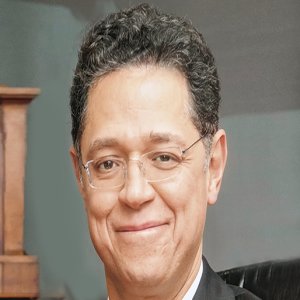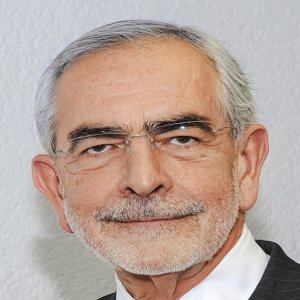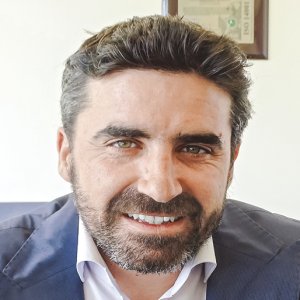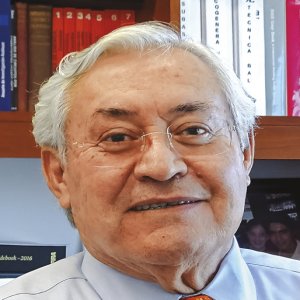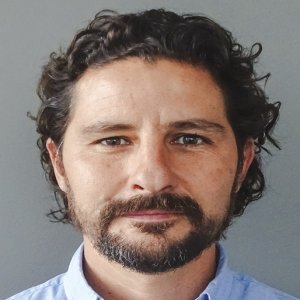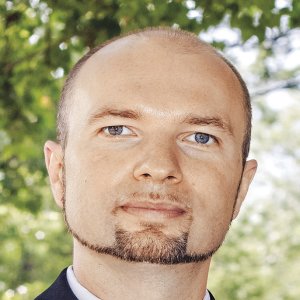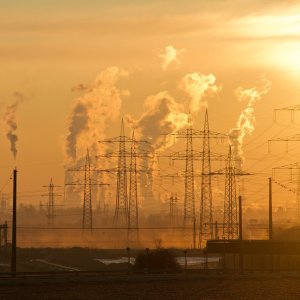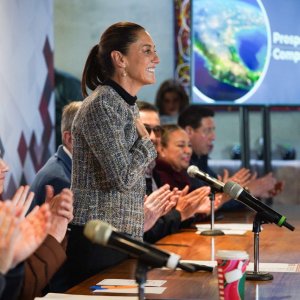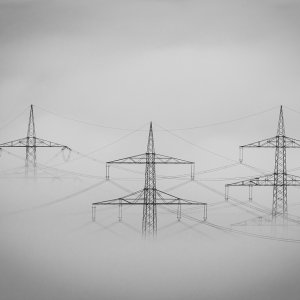Market Stability Attracts Global Solar Champion

STORY INLINE POST
December 2013 was a historic month for Mexico’s energy industry. The sanctioning and publication of the constitutional Energy Reform opened the door to national and foreign investment in a sector that was in need of revitalization. While some doubted the success of the Reform, others like Fotowatio Renewable Ventures (FRV) decided to dive into the opportunities offered by the nascent market.
“The regulatory particularities of the Mexican market have been defined in the past years. Regardless, Mexico is a market that offers two key things: macroeconomic and regulatory long-term stability,” says Borja Guinea, COO for the Americas of FRV.
If there is a characteristic that every energy-related project shares it is that all are long-term. That is why legal and regulatory certainty as well as enforcement of the rule of law play such an important role for companies when deciding to invest in the country. Guinea believes that the Energy Reform and the subsequent rules for the electricity market provide enough certainty. “The Energy Reform ends the old market and lays the foundation for a new dynamic. It also gives us visibility regarding the long-term functioning of the regulatory framework and stability in the expected remuneration for the generation.”
Part of the government’s long-term vision was embodied in the country’s goals for the use of renewable generated energy. By 2024, 35 percent of the total electricity generated in the country is expected to come from clean sources. According to information from the National Inventory on Renewable Energy (INER), Mexico has a proven potential for generating up to 13.2TWh/year of electricity but that still needs to be developed. In 2015 alone, CRE registered a total of 9.5MW in projects in the construction stage. While it is unclear if the country will reach the 35 percent mark, CENACE’s auction processes bring the country closer to that goal.
It is in this context that FRV becomes a key piece in the development of Mexico’s solar energy industry. The company was one of the winners of CENACE’s second bidding process. Spain-based FRV’s success at the auction, where it won the rights to sell to CFE 779MW/h from a 300MW solar PV plant, can be partly attributed to its expertise. “We know the technology as well as the auction’s typology. We like the Mexican market and we feel very comfortable participating here.”
The auction had a total of 23 winners that are expected to generate 3.8GW while investing US$4 billion, representing about 3 percent of the total clean energy generated in Mexico annually. According to Guinea, competition in the market spurred FRV to present an innovative proposal. But he points out that it would not have been possible without a stable regulatory framework. “The more stable the regulation and with the assurance of long-term sales, the more benefits final users will perceive and at lower prices.”
According to information from the US Energy Information Administration, during 2016’s first six months average prices in most Mexican locations were between US$48/ MWh and US$60/MWh. CENACE’s auctions are expected to lower these prices. The first long-term auction projects presented contract prices averaging US$45/MWh, while the second auction resulted in prices that averaged US$33.47/ MWh, which is among the lowest at an international level. FRV is expected to compete in the Mexican market with a US$26.99/MWh rate, one of the most competitive.
The ability to offer a competitive rate is the result of several factors, including the decreasing costs of solar technology. “Solar technology has experienced a vertiginous decrease in prices,” says Guinea. “In Mexico, constructing a photovoltaic asset costs a seventh or eighth of what it would have cost for the same asset eight or nine years ago in Europe.”
FRV will offer its rate from its production site in San Luis Potosi, where the company will begin operations in the near future. “Our site in San Luis Potosi complies with all the characteristics a solar project must have: good and constant solar irradiation, capacity to effectively evacuate the energy that will be generated and the capacity to interconnect the energy with the overall electric system.”
